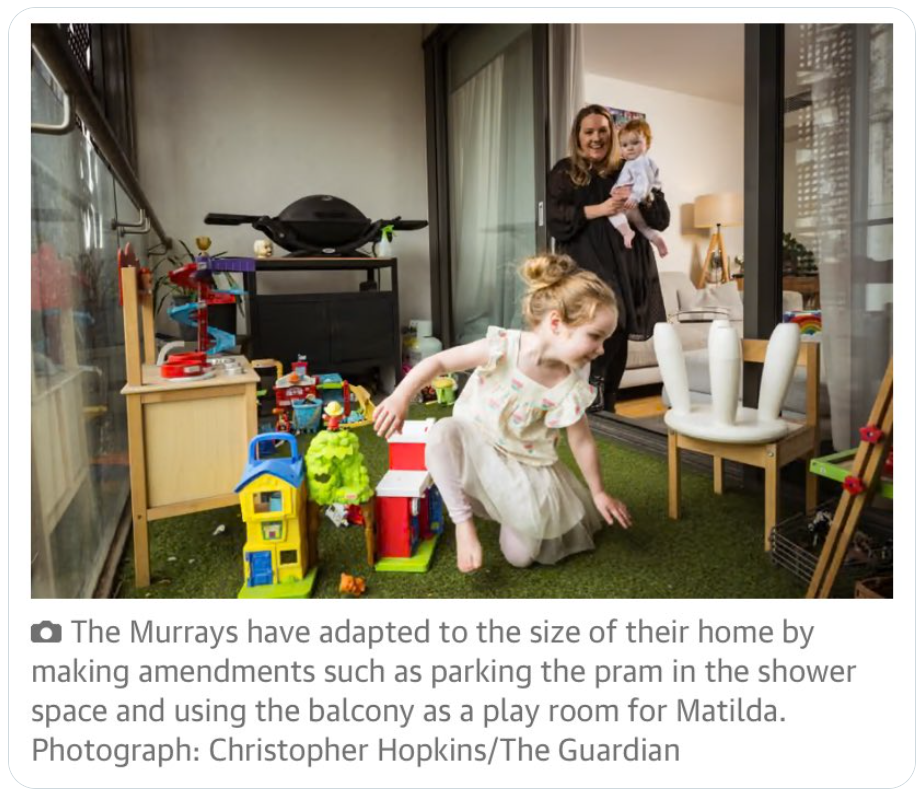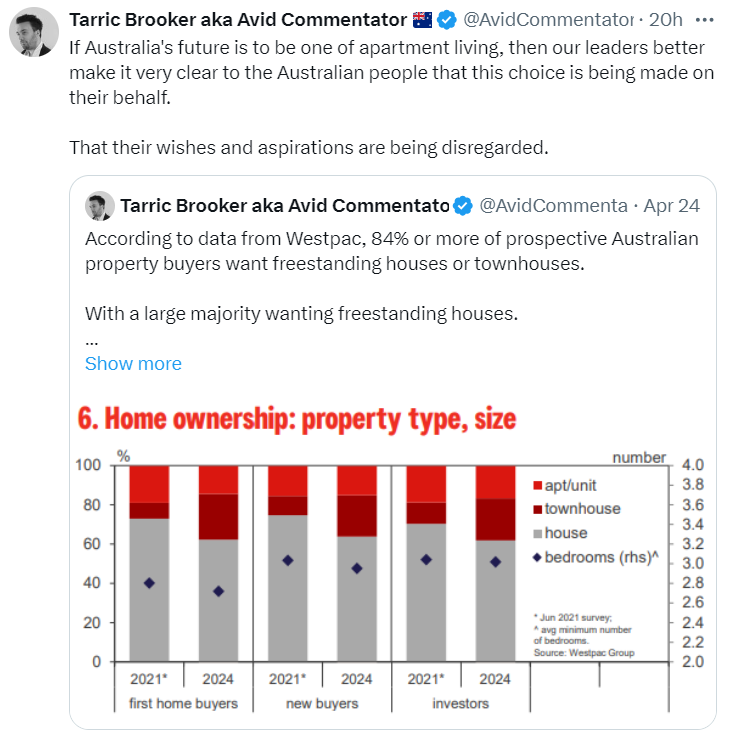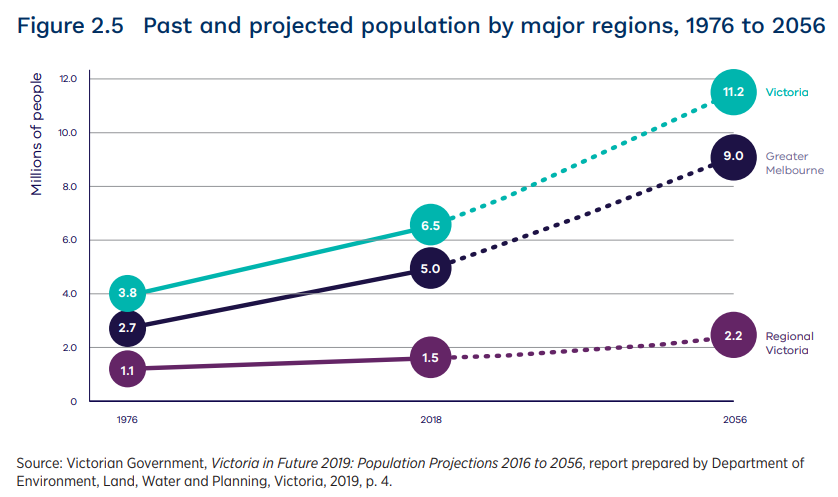The Guardian’s Benita Kolovos penned a propaganda piece entitled “Downsizing the Australian dream: why families are trading houses with back yards for apartments”, putting a positive spin on forcing Australian families to live in high-rise apartments.
The article profiled a family of four living in a two-bedroom, two-bathroom apartment in the inner Melbourne suburb of Collingwood.

This family has converted their balcony into a play area for their children and has been forced to store their pram in the shower to save on space.
Yet, these compromised living arrangements are being painted as a positive, with Kolovos claiming that “a growing number of Australians are prioritising location over size”.
Kolovos’s article selectively quotes Infrastructure Victoria’s chief executive officer, Jonathan Spear, who suggests that residents want to live in apartments:
“We know from our research that many people want apartments, but we’re not supplying enough of them in established areas of our cities, where people are willing to trade the freestanding home for a smaller apartment or townhouse near jobs and services,” says Infrastructure Victoria’s chief executive officer, Jonathan Spear.
However, Infrastructure Victoria’s often-referenced Our Home Choices report of 2023 contradicts this view, stating the following regarding the state’s housing preferences:
Most households strongly prefer detached houses over apartments (see Figure 5), particularly those who are looking to buy a home.
Location, the number of bedrooms, and the number of car spaces also factor into housing decisions, but tend to be less important than the type of home.

Faced with prevailing prices and budget constraints, over two-thirds of households (68%) would choose to live in a detached house if they had to move, compared with 14% for townhouses and 18% for apartments.
The Westpac Housing Pulse survey published earlier this year also showed that only 26% of buyers in Melbourne were seeking an apartment or unit.

The reality is that Australians don’t want to live in high-rise towers. However, the federal government’s mass immigration policy, which is forcing densification and growing our major cities like out-of-control science experiments, is forcing them to do so.
The state government officially projects Melbourne’s population to grow to 9.0 million people by 2056, a 5.5 million increase on the city’s population in 2000.

These millions of extra people will need to live somewhere, and high-rise towers are the path of least resistance.
The Guardian will never admit it, but the easiest and cheapest solution to Melbourne’s and Australia’s housing woes is to slash immigration and avert the need for extra housing and infrastructure.
Nobody seriously believes Melbourne will be a better place to live with 9 million people than it is with 5.4 million or was with 3.5 million people at the turn of the century.

